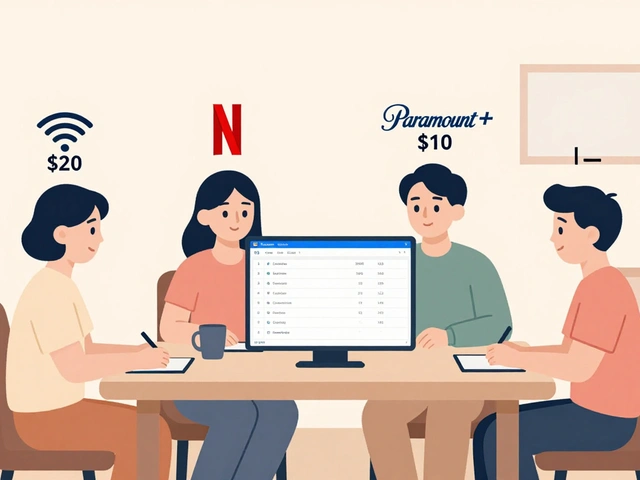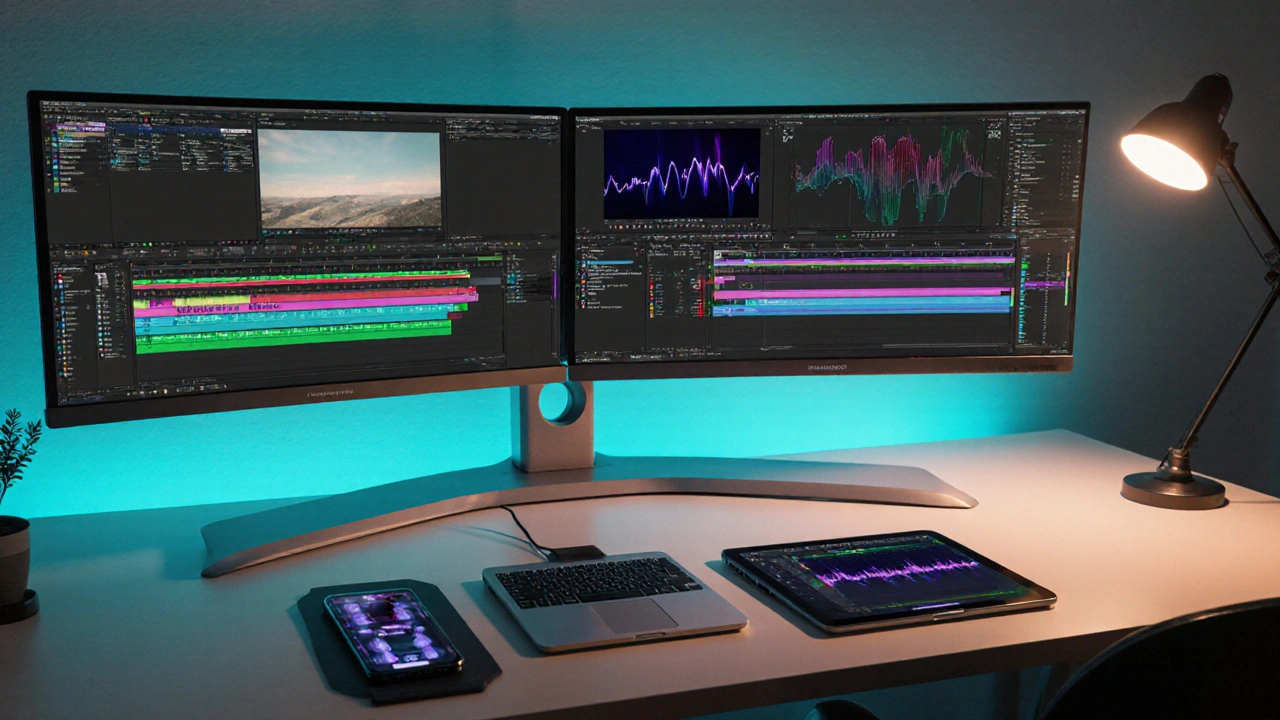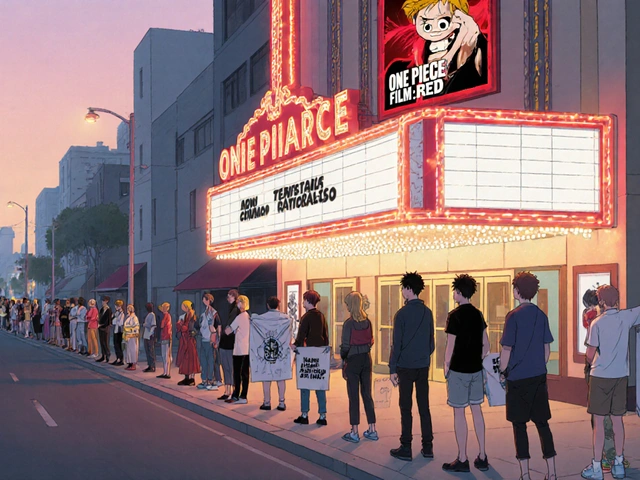Video Editing Workflow: Master Your Process From Start to Finish
When working with video editing workflow, the step‑by‑step process that turns raw footage into a polished final video. Also known as editing pipeline, it guides creators from raw capture to final export. This workflow video editing workflow requires the right tools, and one of the most critical tools is video editing software, the application where you cut, arrange, and enhance clips. Think of it as the kitchen where you blend all ingredients into a finished dish.
The first leg of any workflow is planning. Sketching a storyboard, writing a script, and organizing footage are not optional—they set the compass for the edit. A clear plan reduces wasted time during the cut and helps you stay on brand. In other words, the workflow encompasses pre‑production, editing, and post‑production, each feeding the next like a chain of dominoes.
Once you have a plan, you bring it to life inside your video editing software. Whether you favor Premiere Pro, Final Cut Pro, or a cloud‑based option, the software acts as the hub where you assemble your timeline, apply transitions, and sync audio. Choosing the right software influences how smooth the rest of the workflow feels. For example, a program with robust proxy support lets you edit 4K footage on a modest laptop, keeping the pipeline moving without bottlenecks.
Speed often comes from reusing proven settings, which is where editing presets, pre‑made effect, transition, or color‑grade bundles shine. A good preset library lets you apply a cinematic look in a click, freeing mental bandwidth for storytelling. Presets accelerate the workflow by standardizing repetitive tasks, and they can be shared across projects so your brand stays consistent.
But a workflow isn’t just about speed; it’s also about polish. Editing effects—like motion graphics, keying, or audio clean‑up—add that extra layer of professionalism. Learning where to place these effects in your timeline prevents unnecessary back‑and‑forth. For instance, doing a basic color correction early lets you see the true contrast before you add text overlays, saving you from re‑rendering later.
Short‑form platforms have reshaped the way many creators think about editing. short‑form video editing, the rapid‑turnaround process used for TikTok, Reels, and Shorts demands a leaner workflow. You often skip deep color grading in favor of eye‑catching cuts and quick captions. This style of editing influences the broader workflow by emphasizing front‑end planning—storyboarding five seconds of action instead of a ten‑minute narrative.
If you’re not editing yourself, the workflow still matters. Hiring a professional video editor introduces new stages: briefing, asset handoff, review cycles, and final delivery. Understanding typical pricing models—hourly, flat‑fee, or per‑minute—helps you budget each phase of the workflow. Knowing where costs creep in (like multiple revision rounds) lets you set clear expectations and keep the project on track.
Efficiency hacks round out a solid workflow. Use keyboard shortcuts, batch‑export presets, and organized media folders to keep the edit moving. Automate repetitive tasks with built‑in scripts or third‑party plugins, and always test your export settings on the target platform to avoid last‑minute fixes. These practical steps turn a good workflow into a great one, ensuring you meet deadlines without sacrificing quality.
Below you’ll find a curated list of articles that dive deeper into each piece of the puzzle—software comparisons, preset collections, short‑form timelines, pricing guides, and more. Browse the posts to sharpen every stage of your video editing workflow and start delivering smoother, sharper videos right away.
8
Best Video Editing Tools in 2025: Features, Pricing, and Workflows
Explore the top video editing tools of 2025, compare features, pricing, and workflows for desktop, free, and mobile editors, and learn how to pick the perfect solution.
Latest Posts
Popular Posts
-
 Parental Controls on Free Streaming Apps: How to Keep Kids Safe Online
Parental Controls on Free Streaming Apps: How to Keep Kids Safe Online
-
 How to Cancel Paramount+: Step-by-Step Guide
How to Cancel Paramount+: Step-by-Step Guide
-
 Paramount+ with Showtime vs. Peacock Premium vs. ESPN+: Which Sports Add-On Fits Your Viewing Habits?
Paramount+ with Showtime vs. Peacock Premium vs. ESPN+: Which Sports Add-On Fits Your Viewing Habits?
-
 How Roommates Can Fairly Share Wi-Fi and Streaming Costs
How Roommates Can Fairly Share Wi-Fi and Streaming Costs
-
 Data Management: DIT, Backups, and Archival Best Practices for Video Teams
Data Management: DIT, Backups, and Archival Best Practices for Video Teams



